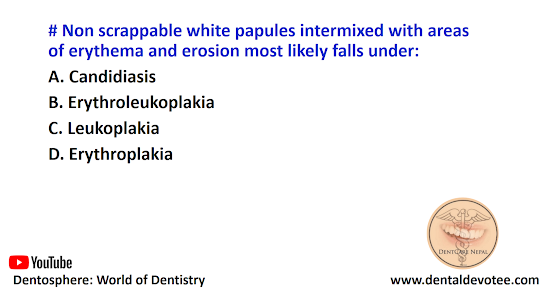# Tumor suppressor gene in head and neck cancer is:
A. Erb-b
B. C-myc
C. Bcl
D. p16INK4A
The correct answer is D. p16INK4A.
Tumor suppressor genes have been associated with sites of chromosome abnormalities where loss of genetic nucleic segments has been reported to commonly involve chromosome arms 3p, 4q, 8p, 9p, 11q, 13q, and 17p. TSGs involved in HNSCC are P53, Rb (retinoblastoma), and p16INK4A. Other candidates include FHIT (fragile histidine triad), APC (adenomatous polyposis coli), DOC1 VHL (gene for von Hippel‐Lindau syndrome), and TGF‐R‐II (gene for transforming growth factor type II receptor).
Ref: Burket's Oral Medicine, 13th Edition.







